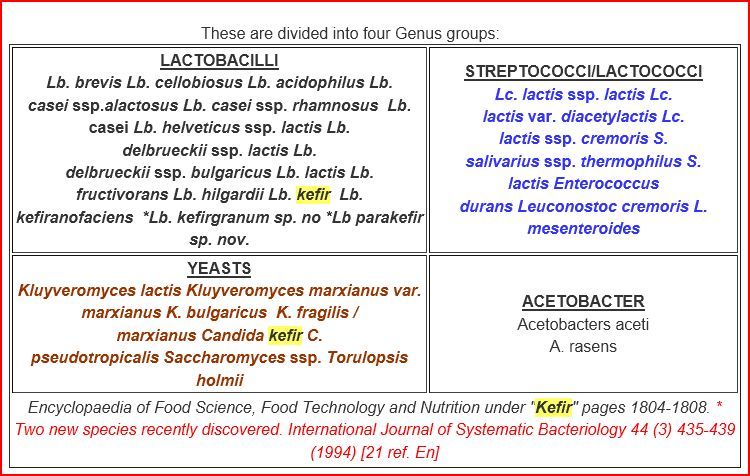Post
by Chuckwagon » Sun May 25, 2014 20:00
Hi guys,
May I throw in my 2 cents worth? Two specific families of lactic acid bacteria have been almost universally chosen to meet the needs of fermented type sausages. These are lactobacillus and pediococcus - both symbiotic. Each includes its own strains and depending upon the qualities desired in a specific product, more than one strain may be combined in one culture. Some do well in higher salt content, others do not. Some do better than others at higher (or lower) temperatures. The strains most beneficial (therefore most commonly used), of lactobacilli include: lactobacillus pentosus, lactobacillus curvatus, lactobacillus plantarum, lactobacillus farciminis, lactobacillus sakei, et.al. Of the pediococci, two widely used strains are pediococcus pentosaceus and pediococcus acidilactici. These are the workhorses of fermentation, thriving on sugar - dextrose ideally - as glucose (dextrose) is the most simple of all forms of sugar, being utilized quickly to produce rapid fermentation. Glucose, produced from cornstarch, is only about 70% as sweet as sucrose refined from sugar beets or sugar cane, then being combined with fructose from fruit. Lactose (called milk sugar) binds water very well but has poor fermenting quality and non-fat dry milk contains about 52% lactose. For this reason, I choose to add dextrose to fermented sausage rather than powdered milk composed of more than half lactose - the worst choice of fermenting sugars. Also, there are limits to be considered in using added sugar as the more that is used, the more sour or "tangy" the product will become.
Although lactobacilli and pediococci bacteria are ideal acid-producers for fermentation, they also produce acetic acid, bacteriocins, various enzymes, but do almost nothing to contribute to the development of flavor and color. This is where the use of strains from the micrococcaceae family becomes vital - especially the bacterial strains staphyloccus and micrococcus (now called Kocuria). These are the strains chiefly responsible for the reduction of nitrate to nitrite. In checking with Professor Ron Ragsdale, head of the Chemistry Department at the University Of Utah, he further explained that as nitrite reacts with oxygen, additional nitrate is created which must subsequently be broken down into nitrite by micrococcaceae.
Best Wishes,
Chuckwagon
If it looks like a duck, walks like a duck, and quacks like a duck, it probably needs more time on the grill! 







